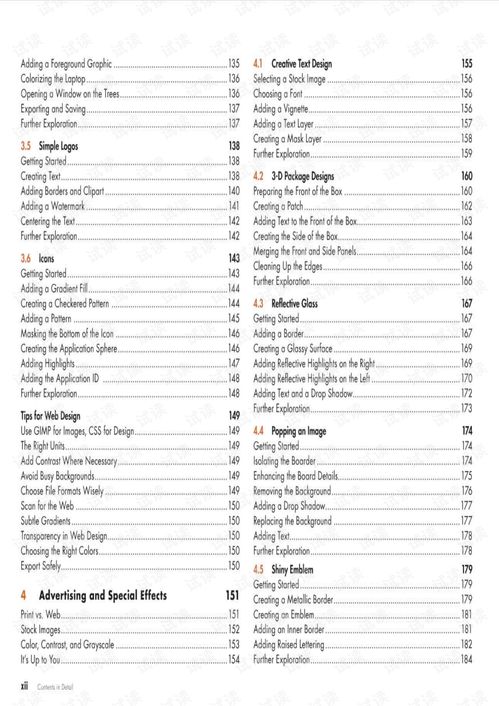Introduction: Fishing is an ancient pastime that has been cherished by anglers across the globe. The art of fishing lies not just in catching fish but in the finesse and technique involved in the process. One of the most crucial aspects of fishing is mastering the hooking skill. This article delves into the ins and outs of training your hooking technique, providing you with a comprehensive guide to become a proficient angler.
Understanding the Hook: Before diving into the training techniques, it's essential to understand the hook itself. A fishing hook is designed to catch fish by securing them with a sharp point and barb. There are various types of hooks available, each suitable for different fishing situations and species. Familiarize yourself with the different hook styles and their uses to enhance your hooking skills.
Selecting the Right Hook: The first step in training your hooking technique is to select the right hook for the task. Consider the size, shape, and type of hook based on the fish you're targeting and the environment you're fishing in. Larger hooks are suitable for bigger fish, while smaller hooks are better for more delicate species.
Proper Grip: The grip you use to hold the hook can significantly impact your hooking success. Here's how to develop a proper grip:
- Hold the hook with your index and middle fingers.
- Place your thumb on the opposite side of the hook, near the eye.
- Ensure a firm yet comfortable grip to maintain control and precision.
Practice Casting: Casting is a fundamental skill that needs to be mastered for effective hooking. Follow these steps to improve your casting technique:
- Start with a gentle flick of the wrist, releasing the line smoothly.
- Aim for a gentle arc in your cast to reduce resistance and increase accuracy.
- Practice casting in different directions and distances to develop your muscle memory.
Tug and Jig: Once you've cast your line, it's time to engage with the bait. Here's how to effectively tug and jig:
- Gently pull on the line with short, sharp tugs.
- Jig the bait by moving it up and down in a controlled manner.
- Vary the speed and intensity of your movements to mimic natural prey behavior.
Hook Set: The hook set is the moment of truth when you need to ensure the fish is securely hooked. Follow these steps for a successful hook set:
- When you feel a bite, wait for a moment to confirm the fish is interested.
- Apply a quick, upward motion with your rod tip to set the hook.
- Keep your rod tip high and your grip firm to ensure the hook securely penetrates the fish's mouth.
Handling the Fish: Once you've successfully hooked a fish, it's crucial to handle it with care. Here's how to do it:

- Keep your rod tip high and your grip firm to maintain control.
- Use a net to gently guide the fish into it, avoiding unnecessary stress.
- Release the fish quickly and carefully, respecting its well-being.
Practice, Practice, Practice: As with any skill, practice is key to mastering hooking techniques. Spend time on the water, experimenting with different baits, hooks, and fishing methods. The more you practice, the more your muscle memory will develop, and your hooking skills will improve.
Conclusion: Training your hooking skills is a journey that requires patience, practice, and persistence. By understanding the hook, selecting the right equipment, and honing your casting, tugging, and setting techniques, you'll be well on your way to becoming a proficient angler. Remember to enjoy the process and respect the fish you catch, and you'll find that the art of fishing becomes a truly rewarding experience. Happy fishing!












